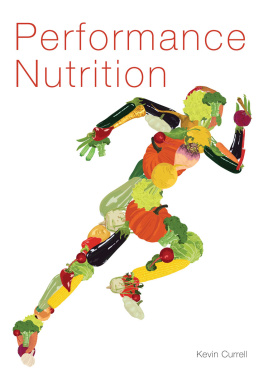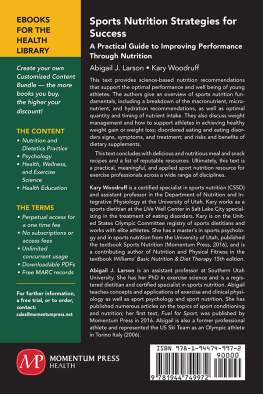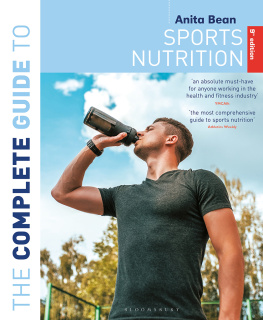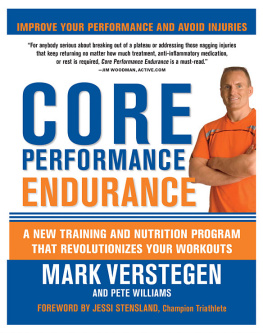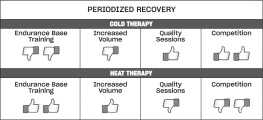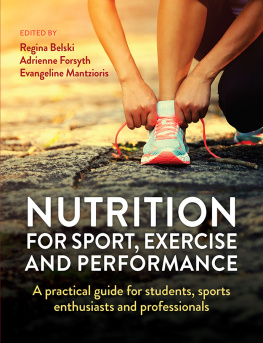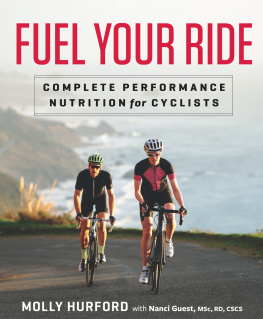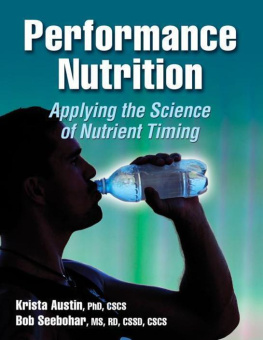Performance
Nutrition
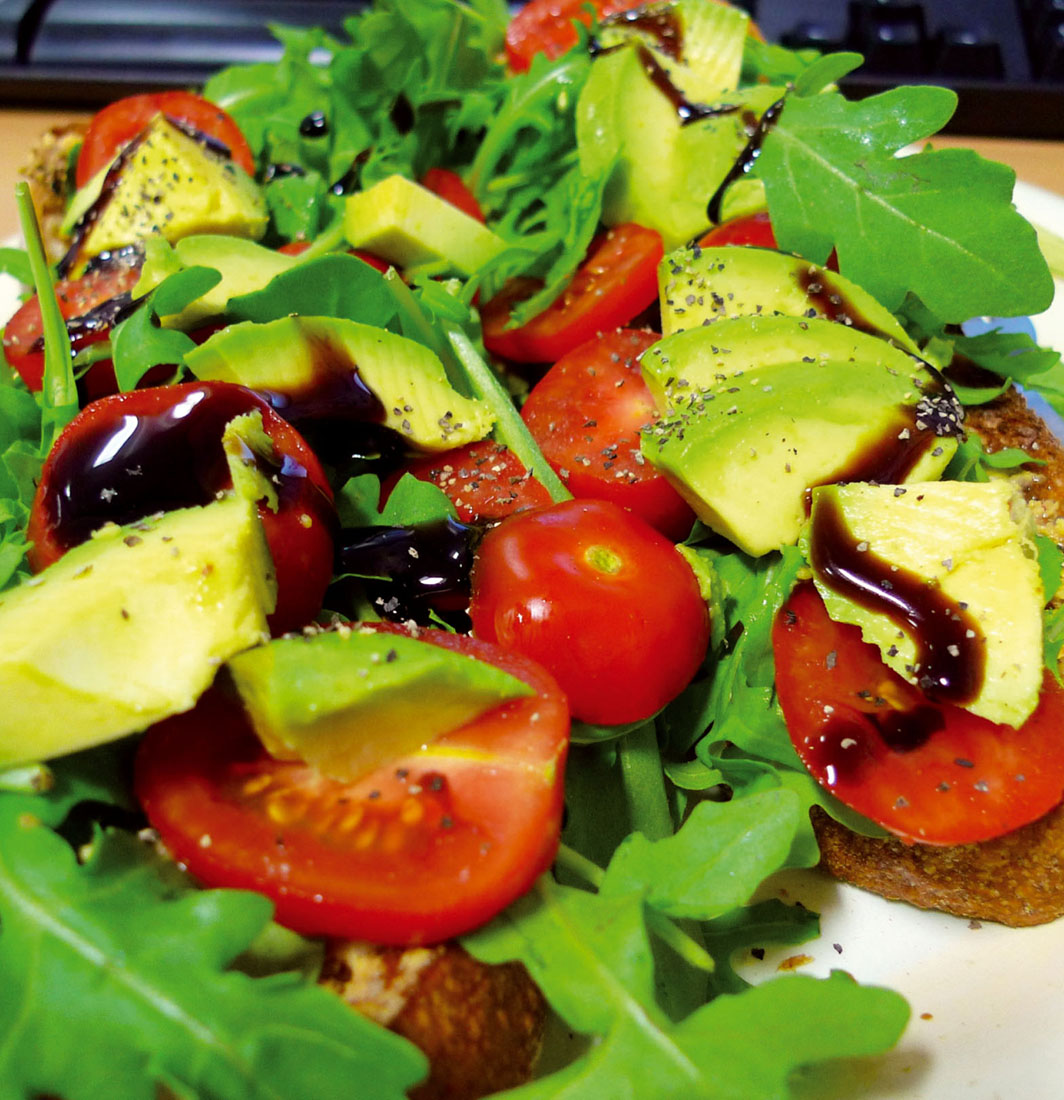
Performance
Nutrition
Kevin Currell

THE CROWOOD PRESS
First published in 2016 by
The Crowood Press Ltd
Ramsbury, Marlborough
Wiltshire SN8 2HR
www.crowood.com
This e-book first published in 2016
Kevin Currell 2016
All rights reserved. No part of this publication may be reproduced or transmitted in any form or by any means, electronic or mechanical, including photocopy, recording, or any information storage and retrieval system, without permission in writing from the publishers.
British Library Cataloguing-in-Publication Data
A catalogue record for this book is available from the British Library.
ISBN 978 1 78500 223 6
Frontispiece: Ewan Munro/Wikimedia
CONTENTS
INTRODUCTION
As an athlete, wouldnt it be incredible if you could do something that would give you more time to train, allow the training that you do to be more effective, and enable you to maximize your athletic potential come competition day? Well, there is something that does all of this and more food.
This book aims to provide an overview of the many areas where food can impact on the performance of an athlete. The approach will be to take an area of performance and explore the role food has.
In will try to use food to stop you getting injured. If the worst does happen, it will guide you through how to use food to heal quickly.
will show you how to use food to obtain gains from endurance training.
will look at team sports.
To finish, will look at weight management in athletes. This is the area where nutrition is commonly regarded as having the most impact, but I hope that reading the preceding nine chapters will have convinced you that food influences much more than just body weight.
Each chapter will start with a tour of the evidence and science on each topic, which makes up the bulk of the text. At the end of each chapter is a simple summary of the potential interventions broken down into the levels of evidence for each intervention, where the categories mean:
- Gold: Very strong evidence from multiple trials showing a positive outcome.
- Silver: Good or emerging evidence that the intervention will influence the outcome.
- Bronze: Weak, but promising evidence that the intervention can influence the outcome.
Following this is an example diet plan for each chapter. If you follow each through you can track the subtle changes that can be made to your diet to influence performance. We will start below with the average intake of our average 70kg male who is not very active. For a female athlete things wont change too much; you are just likely to weigh less so reduce the serving sizes slightly.

Areas of impact of nutrition on sporting performance.
Meal | Food |
Breakfast | Bowl of cornflakes with semi-skimmed milk
1 apple
Glass of orange juice
Cup of tea with milk |
Snack | Packet of crisps and glass of water |
Lunch | Egg mayonnaise sandwich on white bread
Fruit corner yogurt
1 can of cola |
Snack | 1 bar of chocolate
1 medium latte |
Dinner | Oven-roast chicken breast with oven chips, a green salad with salad cream dressing Ice cream for dessert |
Carbohydrate (g/kg body weight) 4.2 | Protein (g/kg body weight) 1.2 | Fat (g/kg body weight) 1.2 |
CHAPTER 1
PREVENTING ILLNESS
The barriers were starting to give as the intensity increased. Holes sprung open, allowing easy access for the invading force. Behind the barriers stood the infantry, warriors each of them, waiting, champing at the bit to fight the invading force. Their numbers were increasing as the stress increased and time passed. However, with every passing second and with increasing intensity the defenders were becoming weary, less effective. Behind the infantry, anticipating, prowling, lay the Special Forces each of them trained to target a particular section of the invading force. Highly trained and specific in what they do, they too were increasing in number, they too were feeling the effects of intensity and time.
No, this is not an action novel. It is a book on performance nutrition. The opening paragraph could also be read as the description of what happens to your immune system when you exercise, whether it is for a long period of time or as intensity increases. Let me introduce you to our characters, the heroes and firstly villains of the story. The invading force is all the bacteria, viruses and parasites that are around us in our day-to-day lives. We never know when we will come into contact with one of these nasties, each of which wants to do us harm. As you read this you are being attacked from all angles. Even the book you are holding will contain some sort of bug that is looking to invade your nice, warm, nutritious body.
Have no fear, though. Your body has developed layers of defence to protect itself from harm. These attacking forces first come up against physical barriers, which must be passed before they can enter the body. These physical barriers include your skin, saliva, nose, stomach and intestine. They are mighty walls of defence. However, each has access pathways and doors through it, otherwise the nutrients you consume in food and the air you breathe would not be able to get into your body. So while there are mighty walls of defence, there are ways through for the invading forces.
When bacteria or viruses or whatever else get past the physical barriers and reach the inside of your body, they come up against a strong, tough infantry, your innate immune system. The infantry will attack all it sees and is not very specific. This infantry is made up of a number of different cells. Neutrophils are the cells that arrive first at a site of infection. Neutrophils use toxic chemicals to neutralize the infection, through a process called degranulation. Macrophages, or large eaters as the original Greek term means, consume and eat invading bugs. Natural killer cells provide protection against your bodys own cells, which may have been damaged or taken over by the invading force.
The Special Forces of our immune system form the adaptive immune system. These cells have memory. They remember how best to attack an invader if your body has been attacked before. These are your antibodies, or more technically your lymphocytes.
Exercise acts as a stress on all three parts of your immune system, whether it is exercising for a long duration of time or just increasing the intensity of exercise. The physical barriers to infection can become more porous if you exercise for a long period of time. This is best exemplified by the intestine. As you continue to exercise, your intestine becomes more permeable. This increased intestinal permeability allows for easier passage of infection through the intestine. Alongside this there is a decrease in blood flow to the intestine as the blood is redirected to the working muscle. The decrease in blood flow leads to damage being caused to the intestine, further weakening this crucial physical barrier.
Both the innate and acquired immune system follow a similar response to exercise. In particular, after exercise there is first an increase and then a decrease in the number of immune cells available to fight infection. The immune cells that are present, whether infantry or Special Forces, become less effective after exercise.
Next page
